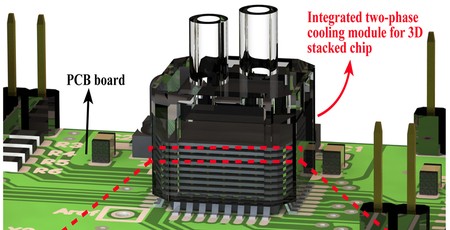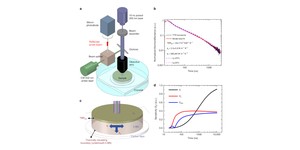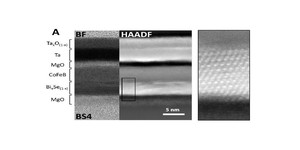Researchers detail new insect-inspired cooling tech
April 13, 2018 | 10:36
Companies: #washington-university-in-st-louis

Researchers in the US and South Korea have developed a new cooling technology, based on the skin of the springtail insect, which is claimed to offer increased cooling efficiency and decreased electronic footprints compared with current state-of-the-art equivalents.
Modern high-end desktop (HEDT) and server processors draw well above the 100W mark under load, and 99.99 recurring percent of that energy comes out of the other end as heat. While semiconductor companies grab headlines by shrinking the size of the their processors and increasing their complexity, similar advances need to be made in cooling technology to keep up - and researchers working with Assistant Professor Damena Agonafer of the Washington University in St. Louis claim to have found a potential breakthrough in an unlikely place.
Studying the springtail insect, which lives in damp soil and yet breathes through its skin without drowning following heavy rainfall, Agonafer and his colleagues found a way to create a porous membrane which can keep electronic systems tamed through evaporative cooling by storing liquid in tiny sharp-edged pillars open at one end.
'This technology can significantly improve the cooling efficiency in a wide variety of applications such as data centres,' Agonafer told IEEE Spectrum following the publication of a paper on the technology. 'In addition to robust cooling, it will also decrease the electronic footprint as compared to traditional cooling technology.'
While borrowing its core principle from a common sight in overclocking competitions, the liquid nitrogen tower, the springtail-inspired version is considerably miniaturised. The porous membranes can also be stacked, even between layers of 3D semiconductors. The work, however, is far from ready to leave the lab: Agonofer believes it will take another three or four years for commercialisation, as the researchers work to overcome issues including uneven evaporation and handling of high flow rates.
The team's work is published in the Journal of Colloid and Interface Science Volume 514.

MSI MPG Velox 100R Chassis Review
October 14 2021 | 15:04








Want to comment? Please log in.